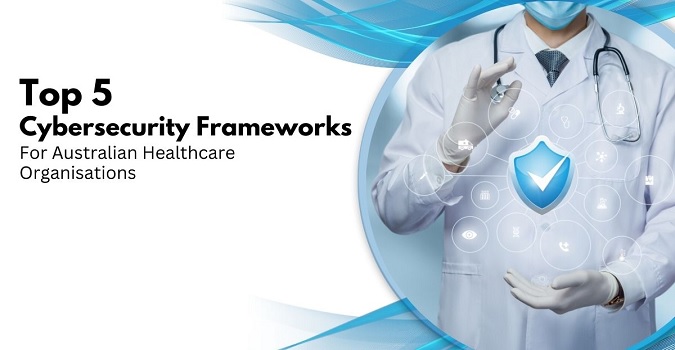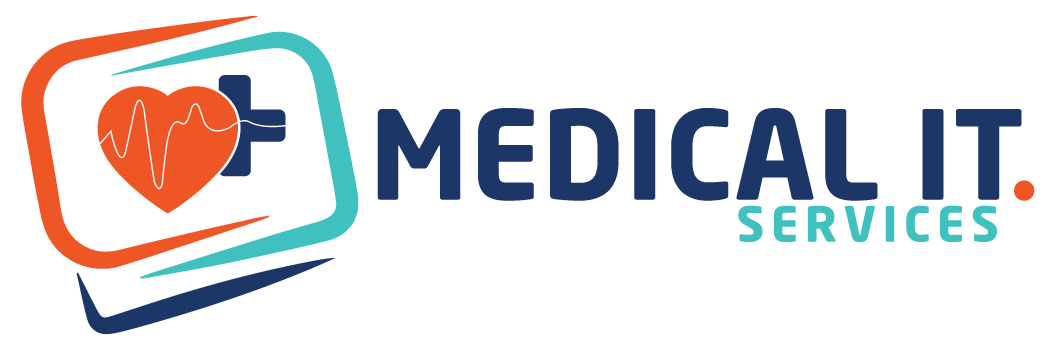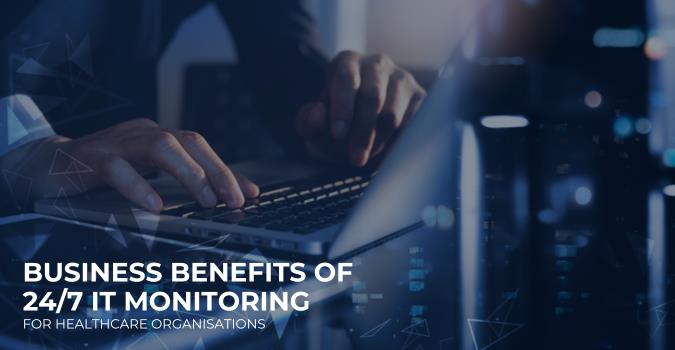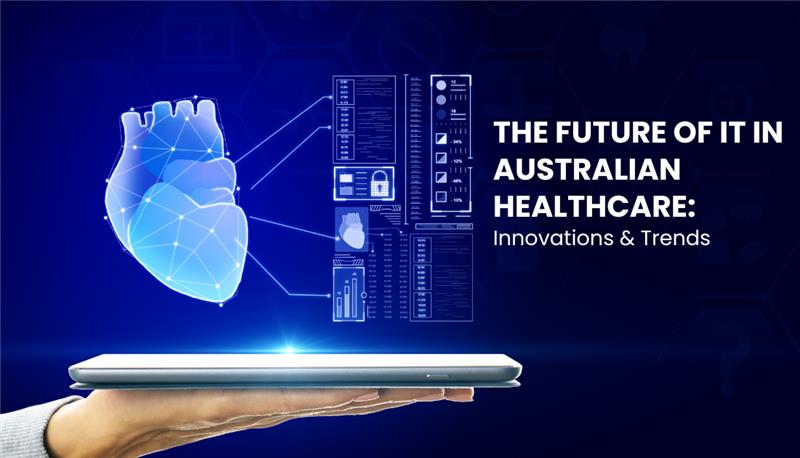Healthcare organisations rely on robust IT systems to manage patient records, facilitate telemedicine and support…

Top 5 Cybersecurity Frameworks for Australian Healthcare Organisations
Cybersecurity is a critical concern for healthcare organisations in Australia, given the sensitive nature of patient data and the increasing frequency of cyberattacks. Implementing robust cybersecurity frameworks is essential to protect against these cyber threats and ensure the integrity of healthcare services. Here, we will explore the top 5 cybersecurity frameworks that Australian healthcare organisations should consider, and highlight how MedicalIT.Services can provide tailored cybersecurity solutions.
Cybersecurity Frameworks: A Comprehensive Overview
A cybersecurity framework is a structured set of guidelines, policies, and procedures designed to help organisations manage their cybersecurity risks effectively. These frameworks provide a systematic approach to identify, and mitigate vulnerabilities, ensuring the protection of sensitive data and systems.
Top 5 Cybersecurity Frameworks
In the ever-evolving landscape of cybersecurity, healthcare providers must stay ahead of potential threats by adopting robust frameworks. Following cybersecurity frameworks are excellent options that can help Australian healthcare providers protect their systems and patient data.
1. Australian Cyber Security Centre (ACSC) Essential Eight:
The Essential Eight is a set of baseline cybersecurity strategies developed by the Australian Cyber Security Centre (ACSC). Designed to mitigate the most common cyber threats, the Essential Eight provides a practical approach to improve their security posture. For healthcare companies, implementing the Essential Eight can significantly reduce the risk of data breaches and ensure compliance with Australian government regulations.
Key Components:
- Application Whitelisting
- Patch Applications
- Configure Microsoft Office Macro Settings
- User Application Hardening
- Restrict Administrative Privileges
- Patch Operating Systems
- Multi-Factor Authentication
- Daily Backups
2. NIST Cybersecurity Framework (National Institute of Standards and Technology)
The NIST Cybersecurity Framework is a globally recognised standard that provides a comprehensive approach to managing and reducing cybersecurity risk. While it originates from the USA, many Australian healthcare organisations adopt this framework due to its flexibility and adaptability. The framework focuses on five key functions: Identify, Protect, Detect, Respond, and Recover, which can be tailored to the unique needs of healthcare providers.
Key Functions:
- Identify: Understanding and managing cybersecurity risks to systems, assets, and data.
- Protect: Implementing safeguards to ensure the delivery of critical services.
- Detect: Developing and implementing activities to identify the occurrence of a cybersecurity event.
- Respond: Taking action regarding a detected cybersecurity incident.
- Recover: Planning for resilience and restoring capabilities or services that were impaired.
3. ISO/IEC 27001
ISO/IEC 27001 is an international standard that specifies the requirements for establishing, implementing, maintaining, and continually improving an information security management system (ISMS). For healthcare organisations, ISO/IEC 27001 provides a systematic approach to managing sensitive information, ensuring its confidentiality, integrity, and availability. Achieving ISO/IEC 27001 certification demonstrates a commitment to cybersecurity excellence and can enhance trust with patients and partners.
Key Areas:
- Risk Assessment and Treatment
- Information Security Policies
- Organisation of Information Security
- Asset Management
- Access ControlCryptography
- Physical and Environmental Security
4. CIS Controls (Center for Internet Security)
The CIS Controls are a set of 20 actionable guidelines designed to help organisations defend against the most common cyber threats. These controls are particularly useful for healthcare organisations that need to quickly implement effective cybersecurity measures. The CIS Controls focus on basic cyber hygiene and offer a prioritised list of actions to reduce risk, making them an excellent choice for healthcare providers seeking to bolster their cybersecurity defences.
Top Controls:
- Inventory and Control of Hardware Assets
- Inventory and Control of Software Assets
- Continuous Vulnerability Management
- Controlled Use of Administrative Privileges
- Secure Configuration for Hardware and Software
5. HIPAA Security Rule (Health Insurance Portability and Accountability Act)
Although the HIPAA Security Rule is a U.S.-based regulation, its principles are relevant to Australian healthcare organisations that handle sensitive patient data. The HIPAA Security Rule sets national standards for protecting electronic health information and includes requirements for administrative, physical, and technical safeguards. Implementing the principles of HIPAA can help Australian healthcare providers strengthen their cybersecurity posture and ensure the protection of patient data.
Safeguards:
- Administrative: Policies and procedures to manage the selection, development, implementation, and maintenance of security measures.
- Physical: Controls that protect electronic systems and related buildings and equipment from threats, environmental hazards, and unauthorised intrusion.
- Technical: Technology and related policies that protect electronic health information and control access to it.
Beyond Frameworks: Building a Comprehensive Cybersecurity Strategy
While these frameworks are a great starting point, a strong cybersecurity strategy requires ongoing vigilance. This includes:
- Security Awareness Training: Staff education on cyber threats and best practices is essential.
- Regular Risk Assessments: Identifying and addressing vulnerabilities before they are exploited.
- Incident Response Planning: Having a clear plan for responding to cyberattacks minimizes disruption and damage.
Medical IT Services: Your Partner in Healthcare Cybersecurity
At Medical IT Services, we understand the unique cybersecurity needs of Australian healthcare organisations. We offer a comprehensive suite of healthcare IT services designed to help you:
- Implement and maintain effective cybersecurity solutions.
- Conduct security assessments and identify vulnerabilities.
- Develop and implement an incident response plan.
- Train your staff on cybersecurity best practices.
Conclusion:
In the ever-evolving landscape of cybersecurity, healthcare organisations must stay ahead of potential threats by adopting robust frameworks. The Essential Eight, NIST Cybersecurity Framework, ISO/IEC 27001, CIS Controls, and HIPAA Security Rule are all excellent options that can help Australian healthcare providers protect their systems and patient data.
For healthcare organisations looking for expert assistance in implementing these frameworks, MedicalIT.Services offer comprehensive cybersecurity solutions tailored to the unique needs of the healthcare sector. Protect your organisation with the best practices and ensure compliance with industry standards to safeguard your patients’ data and your organisation’s reputation.
Also Read:




